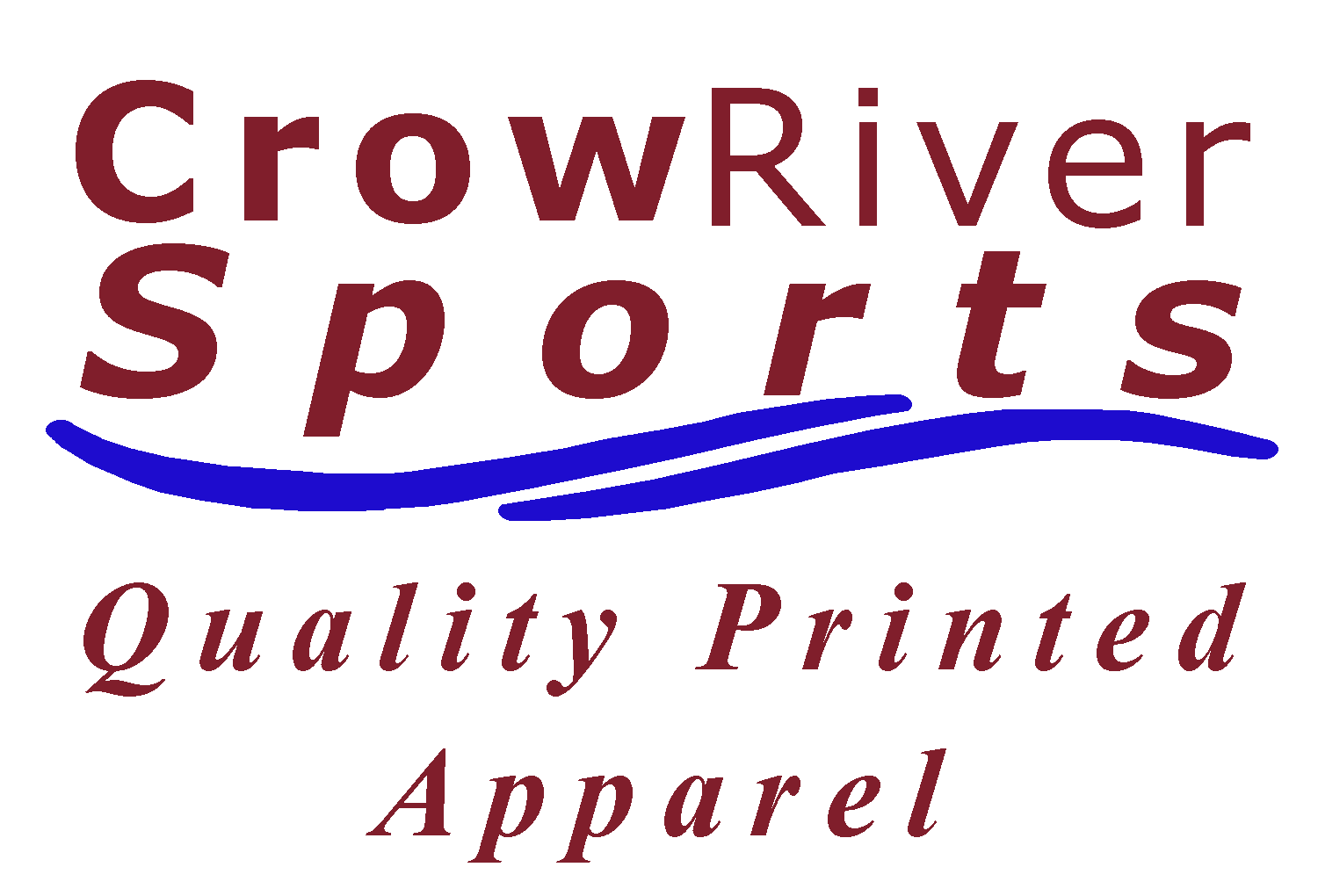|
Short Stop
The short stop is a right handed thrower who is agile with the ability to cover a lot of ground quickly. She has a strong arm and a good glove.
If the batter squares to bunt with no runner on or a runner on 1st base, the short stop should be covering 2nd base. If there is a runner on 2nd base, she should cover 3rd base.
If the ball is hit to the right of her, she would take a pursuit angle directly at 3rd base. If she can field the ball within a few steps, she could (with a runner on 1st base) make the throw to 2nd base where the 2nd base player is covering. If she has to take more than 3 or 4 steps to field the ball, she probably would not get the runner at 2nd so she should get the runner at 1st. It is wonderful to get the lead runner out, but if there is little to no chance, get the sure out. If there is no runner on base, she would make the throw to 1st base. If the 3rd base player is able to field the ball, the short stop would just continue following her pursuit angle to 3rd base where she would then have that base covered in case of a throw there. Again, this is why it is important for the fielders to review and rehearse the situation and what they would do if the ball were to be hit to them in their heads between every pitch.
I would use her to cover 2nd or 3rd in stealing situations. Have them cheat over two steps toward the base likely to be stolen. she has a better view of the play developing at 2nd base than the 2nd base player. If there is a runner on 2nd base, she can see the runner take off and she can take off for 3rd and arrive ahead of the base runner. The 3rd base player should be playing up for a possible bunt and retreating backwards to make the play is not an easy thing to do.
The 2nd base and short stop players have priority over the entire infield for pop flies. The only players that have priority over them on pop flies are the outfielders. If you hear an outfielder call for a catch, get out of their way. If you have a better angle on an infield pop fly, speak up and make sure your team mates hear you. From Short Stop Return to Fastpitch Defensive Strategies
|
You Are Important
The coach is the person who communicates with parents, players, umpires, other coaches and your local associations. You facilitate the team by making sure all the equipment is there when it is needed. Most important are the players. You are teaching more than the skills and strategies of fastpitch. The ability to gracefully deal with success and failure, the persistence to keep trying and the confidence that these young ladies learn from you is priceless.
You’re Part Of Coaching-Fastpitch.com
Contribute your articles, drills and comments by filling out the form on the “Coaches Input” page located on the left hand menu. Your input will keep Coaching-Fastpitch.com fresh and you will receive the by-line for anything that you submit that gets published.
Founded in 2000, Crow River Sports offers you the resources and service that you need to market your company, promote your organization or outfit your sports team without breaking the bank. Crow River Sports prints graphics on a wide array of apparel and accessories including t-shirts, polos, duffle bags and more. We're happy to work with any organization or individual, no matter how small or large the order. Visit them by clicking on the Crow River Sports logo above.
Crow River Sports offers a complete design studio on their website. Design your uniforms or other apparel using hundreds of stock designs or upload your own custom design and Crow River Sports will provide you a quote on your project. Try it today at
CrowRiverSports.com


